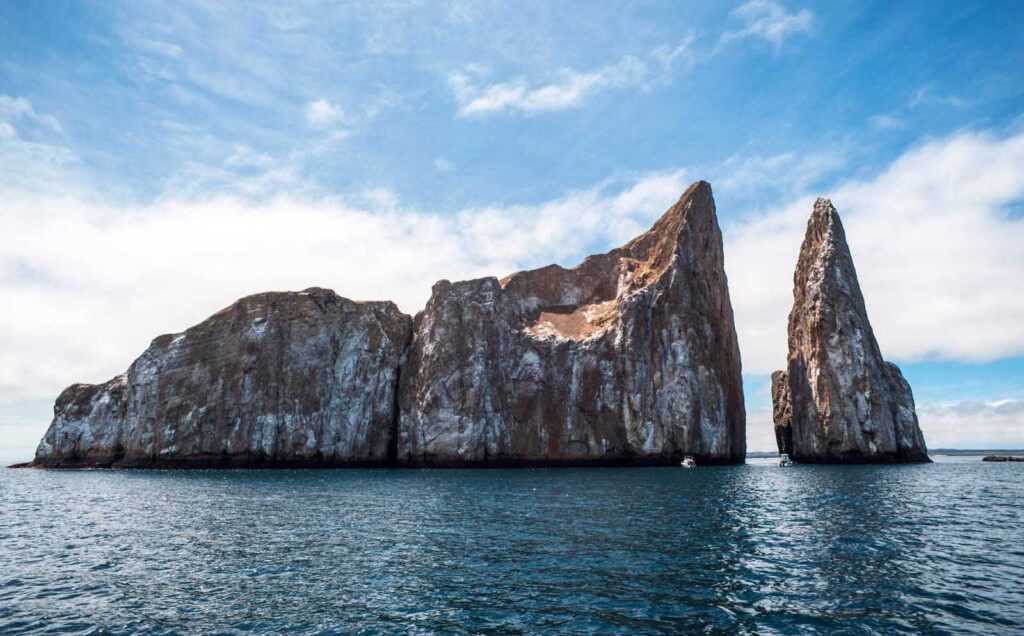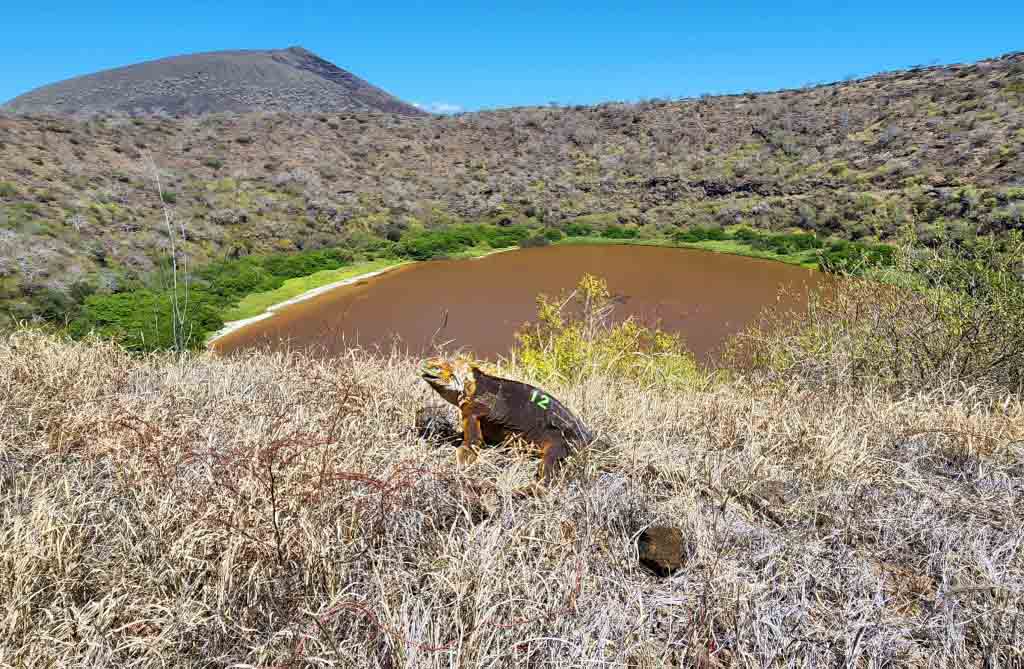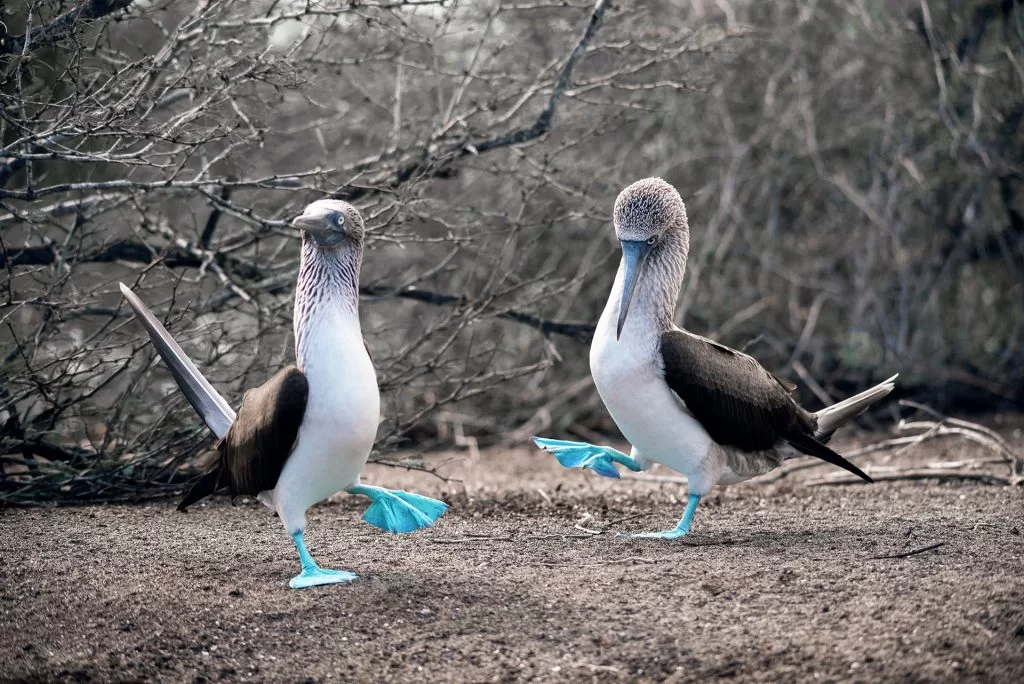Fernandina Island
Are you curious about the natural wonders of Fernandina Island and its unique wildlife? You’ll be amazed to learn that this island is the youngest in the Galapagos archipelago.
Location and geography
Fernandina Island is part of the Galapagos Islands. It lies on a “hot spot” under the Earth’s crust, creating lots of volcanic activity. Fernandina is the youngest island in this chain.
The island’s total area is 23 square miles.
Movement of the Nazca Plate over time has shaped these islands. Fernandina stands at an elevation of 675.6 feet and had its last big eruption in 2005.
“Nature’s power creates stunning beauty in every volcanic eruption.”
Visitor Sites
Fernandina Island offers many exciting spots for visitors. Each site has its own unique features and activities.
List of Wildlife on Fernandina Island
Fernandina Island is a haven for diverse wildlife. Many animals here are unique to this island.
- Marine Iguanas: These reptiles swim in the ocean and feed on seaweed.
- Lava Lizards: Small and agile, they thrive on the island’s volcanic terrain.
- Galapagos Penguins: The only penguins found north of the equator.
- Flightless Cormorants: Birds that swim but cannot fly, with strong legs for swimming.
- Sea Lions: Playful animals often seen sunbathing on the shore.
- Rice Rat: An endemic species unique to Fernandina Island.
- Galapagos Land Iguanas: They travel from the volcano rim to nest on the caldera floor.
- Cactus Finch: A small bird that feeds on cactus plants.
- Dark-billed Cuckoo: Known for its distinctive bill color and melodious call.
- Galapagos Hawk: A top predator of this island’s ecosystem.
- Short-eared Owl: Hunts mainly at night and has keen eyesight for spotting prey.
- Blue-footed Booby: Famous for its bright blue feet used in mating dances.
- Great Blue Heron: With long legs, perfect for wading through water to catch fish.
- Waved Albatross: Seabirds with unique wavy patterns on their wings.
- Galapagos Green Turtle: Often seen swimming near the coast or nesting on beaches.
- Dolphins: Frequently spotted playing in groups off the island’s shores.
- Galapagos Fur Seal and Galapagos Sea Lion: Often seen resting on rocks or beaches.
Looking for an unforgettable adventure? Fernandina Island, one of the most pristine in the Galapagos, boasts active volcanoes and untouched wildlife. Explore rugged lava fields, spot marine iguanas basking on black rocks, and witness flightless cormorants and Galapagos penguins along the coast. It’s a raw, unspoiled paradise for nature lovers.
Frecuently Asked Questions
Fernandina Island is part of the Galápagos Islands in the Pacific Ocean, west of Ecuador.
Fernandina Island has unique wildlife and active volcanoes, making it a key spot for nature lovers and scientists.
Yes, but access is limited to protect its fragile ecosystem. Guided tours are available for safe exploration.
Visitors can see marine iguanas, flightless cormorants, and sea lions among other fascinating species on the island.





